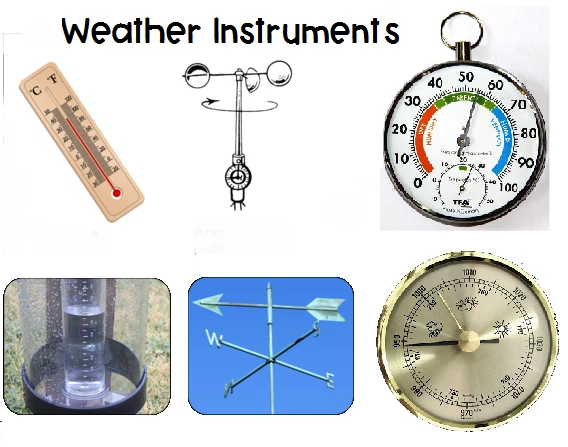
# Weather Gauges and Instruments for Accurate Meteorological Measurements
## Introduction to Weather Gauges
Weather gauges and instruments are essential tools for meteorologists, researchers, and weather enthusiasts alike. These devices provide accurate measurements of various atmospheric conditions, helping us understand and predict weather patterns. From simple rain gauges to sophisticated anemometers, each instrument plays a crucial role in meteorological data collection.
## Common Types of Weather Instruments
### Thermometers
Thermometers measure air temperature, one of the most fundamental weather parameters. Modern digital thermometers provide precise readings, while traditional mercury or alcohol thermometers remain reliable options.
### Barometers
Barometers measure atmospheric pressure, which is crucial for weather forecasting. A sudden drop in pressure often indicates approaching storms, while rising pressure suggests fair weather conditions.
### Hygrometers
These instruments measure humidity levels in the air. Understanding humidity is important for predicting precipitation and assessing comfort levels in different environments.
### Anemometers
Anemometers measure wind speed and direction. Cup anemometers are common for measuring speed, while wind vanes indicate direction.
### Rain Gauges
Rain gauges collect and measure precipitation. Simple models use graduated cylinders, while more advanced tipping bucket rain gauges provide automated measurements.
## Advanced Meteorological Instruments
### Weather Stations
Modern weather stations combine multiple instruments into one system, often with digital displays and data logging capabilities. These can range from basic home weather stations to professional-grade equipment.
### Ceilometers
These specialized instruments measure cloud height and vertical visibility, important for aviation weather reports.
### Pyranometers
Pyranometers measure solar radiation, providing data about sunlight intensity and duration.
### Disdrometers
These advanced instruments measure the drop size distribution and velocity of falling precipitation, offering detailed information about rainfall characteristics.
## Choosing the Right Weather Instruments
When selecting weather instruments, consider:
– Accuracy requirements
– Durability for outdoor conditions
– Maintenance needs
– Data recording capabilities
– Budget constraints
Professional meteorologists typically require higher precision instruments than weather enthusiasts, but many quality options exist for all levels of interest.
## Maintenance and Calibration
Regular maintenance ensures accurate measurements:
– Clean instruments regularly
– Protect from extreme conditions when possible
– Calibrate according to manufacturer instructions
– Check for wear and damage
– Replace batteries in electronic devices as needed
Proper calibration is especially important for instruments used in official weather reporting or scientific research.
## The Future of Weather Measurement
Technological advancements continue to improve weather instruments:
– Wireless connectivity for remote monitoring
– Improved sensor technology
– Integration with smart home systems
– Enhanced data analysis software
– Miniaturization of components
These developments make weather monitoring more accessible and data more comprehensive than ever before.
## Conclusion
Weather gauges and instruments form the foundation of meteorological science. Whether you’re a professional meteorologist or simply curious about your local weather patterns, understanding these tools and their proper use can greatly enhance your ability to measure and interpret atmospheric conditions. By selecting appropriate instruments and maintaining them properly, you can contribute valuable data to our collective understanding of weather phenomena.
Keyword: weather gauges instruments